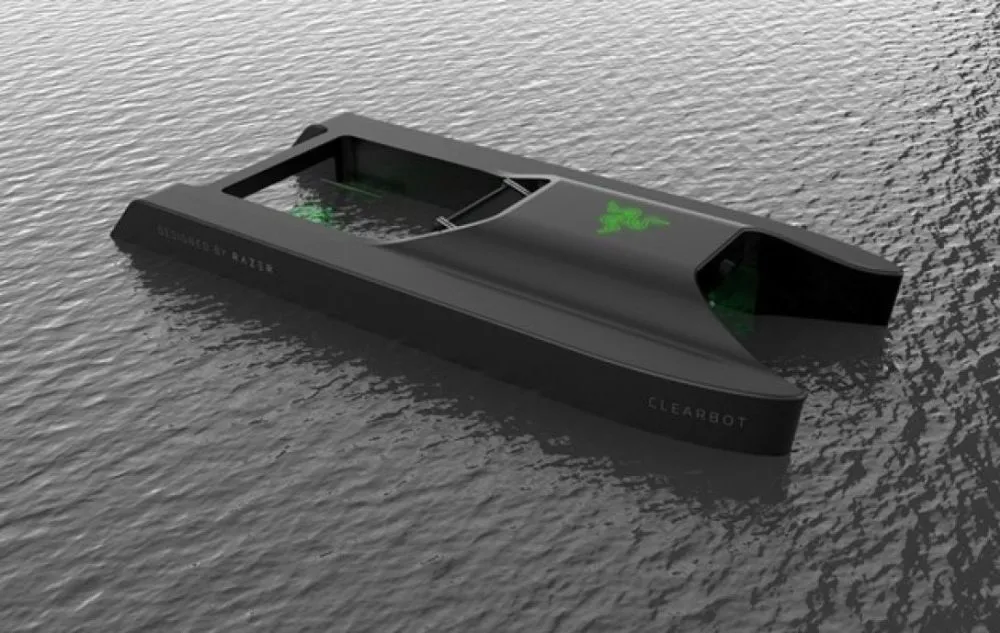AI-Powered ClearBot is the New Marine Trash-Collecting Drone
Pollution in the oceans has exacerbated tremendously since the inception of the plastic industry, and humankind, responsible for this contamination, has been working toward making amends. The most recent of these efforts is ClearBot – an AI-powered, solar-powered, self-navigating, marine trash-collecting drone.
The leading global lifestyle brand for gamers, Razer has collaborated with marine-waste cleaning firm ClearBot. The partnership aims to clean rivers and oceans globally, using ClearBot to reduce pollution from oceans.
Celebrating World Oceans Day, the partnership will harmonize Razer’s own “green investment” endeavor to help sustainability-focused start-ups by providing them with tools and capabilities to help them scale.
Razer’s Patricia Liu said,
We are extremely happy to have the opportunity to work with a startup focused on saving the environment. Clearbot’s unique AI and advanced machine learning technology will enable and empower governments and organizations around the world to broaden their sustainability efforts.
With nearly 11 million tons of plastic waste entering the oceans every year, ocean-cleaning projects often face difficulties with out-of-date technology, cost and efficiency.

ClearBot is an AI-powered, solar-powered, self-navigating, marine trash-collecting drone | Image: Razer
The ClearBot team designs robots that could use AI vision to recognize different types of marine plastic waste and collect information about these pollutants in the oceans to protect marine life.
The newly designed and fully automated robot features cutting-edge AI and machine learning capabilities to detect ocean plastics within two meters in rough waters. It can collect up to 550 pounds of plastics in just one cycle while operating on solar energy. Both firms aim to turn the ClearBot prototype into a scalable, mass-marketable product.
ClearBot has also issued a call of urgent action through its program to collect data on ocean plastic waste. Images of ocean plastic, commonly found in open waters, have been asked to submit on the company’s website, where the research and design team will add this information to the existing database of its devices to help improve the waste detection AI algorithm.


